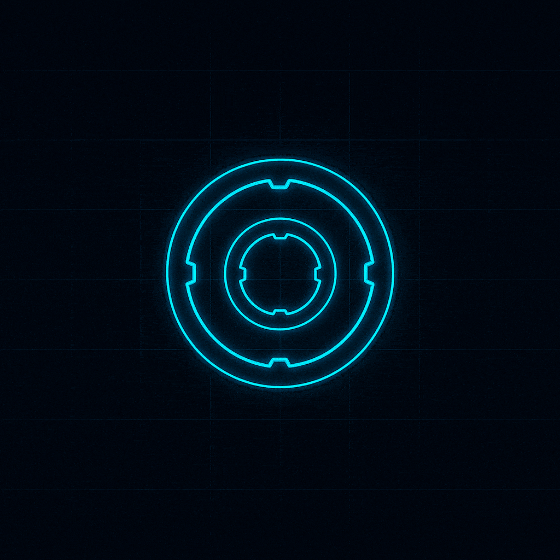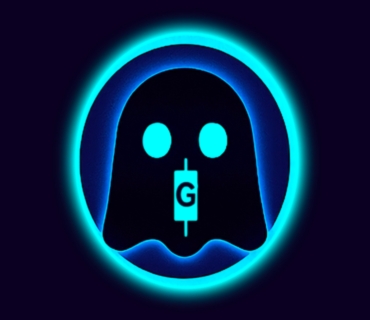What Is a Distributed Ledger?
A distributed ledger is a digital system for recording transactions or data across multiple computers, known as nodes, in a network. Unlike traditional databases, which are stored and controlled by a single central authority, a distributed ledger is shared, synchronized, and maintained collectively by all participants.
Every participant has their own copy of the ledger, and every new entry must be agreed upon by the network through a consensus mechanism. This design ensures transparency, accuracy, and security — without relying on a middleman like a bank, corporation, or government.
The Core Idea
At its heart, a distributed ledger replaces trust in one authority with trust in mathematics and consensus.
When one node updates the ledger, all others verify and update their copies simultaneously. Because the data is spread across the network, it’s nearly impossible to falsify or alter past records without the entire network noticing.
This is what makes distributed ledgers the foundation for blockchain technology and decentralized finance (DeFi) — they provide a single, agreed-upon truth that everyone can verify.
How a Distributed Ledger Works
-
Transaction Creation:
A participant initiates a transaction — for example, sending cryptocurrency, updating a contract, or recording an event. -
Broadcast to the Network:
The transaction is sent to all nodes connected to the network. -
Verification:
Each node independently validates the transaction using predefined rules (for instance, ensuring the sender has the required balance). -
Consensus:
The network reaches agreement on which transactions are legitimate using methods like Proof of Work, Proof of Stake, or Hashgraph consensus. -
Recording the Update:
Once validated, the transaction is added to the ledger. Every participant updates their copy so that all versions remain identical and synchronized.
Because of this process, distributed ledgers are resilient against corruption, data loss, and centralized manipulation.
Blockchain vs. Distributed Ledger
The terms are related but not identical.
A blockchain is a type of distributed ledger that stores data in sequential blocks, each cryptographically linked to the previous one.
However, not all distributed ledgers use blocks. Some, like Hedera Hashgraph or DAG (Directed Acyclic Graph) systems, use different structures for recording data — but the principle of decentralization and shared truth remains the same.
| Feature | Distributed Ledger | Blockchain |
|---|---|---|
| Structure | Data shared across nodes | Data stored in blocks chained together |
| Consensus | Achieved by network agreement | Usually via Proof of Work or Proof of Stake |
| Example | Hashgraph, DAG, Corda | Bitcoin, Ethereum, XRP Ledger |
Real-World Examples
-
Bitcoin (BTC): The first and most well-known distributed ledger — an immutable record of all Bitcoin transactions.
-
XRP Ledger (XRPL): Uses a consensus protocol instead of mining to maintain speed and efficiency.
-
Hedera Hashgraph (HBAR): A next-generation distributed ledger using a gossip protocol and virtual voting to reach consensus rapidly.
-
XDC Network: Employs a hybrid architecture combining public and private ledgers for trade and enterprise finance.
-
Stellar (XLM): Focuses on decentralized payment settlement through its distributed ledger and federated consensus.
Each of these systems uses the distributed ledger concept to ensure transparency, auditability, and resilience — while serving different goals and industries.
Advantages of Distributed Ledgers
-
Transparency: All participants can view and verify transactions.
-
Security: Data is cryptographically protected and distributed across the network.
-
Immutability: Once recorded, information cannot be altered without consensus.
-
Efficiency: Reduces the need for intermediaries and manual reconciliation.
-
Resilience: The network can continue to operate even if some nodes fail.
Challenges and Limitations
While revolutionary, distributed ledgers still face practical challenges:
-
Scalability: Synchronizing large networks can slow performance.
-
Regulation: Laws and compliance frameworks are still evolving.
-
Energy Use: Some consensus methods (like Proof of Work) consume significant power.
-
Interoperability: Connecting multiple ledgers remains complex but is improving through bridge and oracle technology.
The Bigger Picture
Distributed ledger technology (DLT) is more than just cryptocurrency — it’s the foundation for the future of digital identity, supply chain tracking, asset tokenization, and cross-border payments.
As industries adopt DLT, it’s redefining how trust, transparency, and recordkeeping work in the digital era.
Summary
A distributed ledger is a shared digital record maintained across a network of independent computers.
It eliminates the need for centralized authority by allowing all participants to verify and agree on every transaction.
Blockchains, Hashgraphs, and DAG-based systems are all forms of distributed ledgers that make decentralized finance, tokenization, and modern trustless systems possible.
In essence, distributed ledgers are the backbone of the decentralized economy, ensuring that truth and transparency remain public, permanent, and secure.



Add comment
You must be logged in to post a comment.